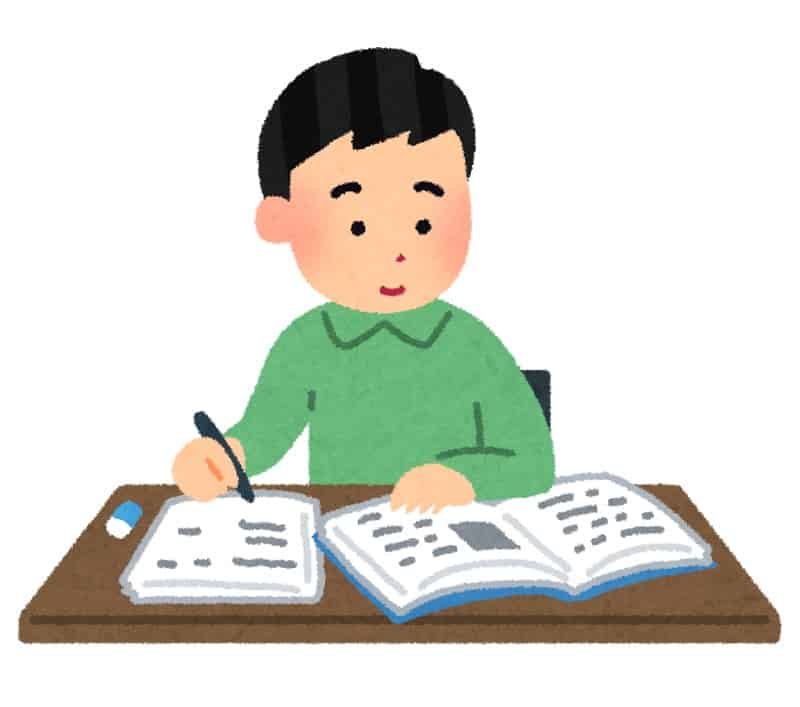When it comes to studying for the Japanese Language Proficiency Test, paying attention to the Listening section is very important at any level. It is a big part of the test, which can be tricky but with a bit of practice, success is guaranteed.
It’s important to know the directions and what is going to happen during the test, so you can focus entirely on answering the questions because, on most of them, they don’t give you a lot of time to think about it, you have to answer quickly.
In this article, I’ll talk about the parts of the JLPT Listening test, and give you tips on how to pass it.
- Task-based comprehension-In this section, you will have to listen to a dialog between two people and solve a particular problem, which is a question they will ask you. First, you will hear a brief description of the situation and the question. Then, you will hear the dialog and then the question again.
I recommend that you go through all the answers while listening to the dialog since you won’t be given real-time to look at the answers. It is also good to take notes if you can during the dialog so you’ll know what’s coming up.
- Point comprehension-In this listening section, you will listen to a dialog and you will have to retrieve some points. It is the same process here as well, a conversation between two people and a brief description before. After the description and question, you will be given time to read the answers in the test booklet. The questions will have a lot of information in them, and you will have to pull out the one piece of information that applies to the question.
recommend listening to the dialog very carefully and as for the point comprehension questions, the answer could be in one sentence anywhere in the dialog.
- Summary Comprehension-In this section there will be no answers written in your test booklet for these questions. You will hear a question and then a dialog that lasts for 1 minute or so.
The most important part of this section is to get the main idea of the conversation so we recommend you take notes while listening.
- Utterance Expressions-Here, you will see a picture with an arrow pointing to the person that is doing the speaking. You will also hear an explanation of the situation and then you will have to choose from 3 potential phrases that the person could be saying.
It’s important to listen carefully to understand the situation and determine what phrase is appropriate in the given situation.
- Quick Response-Here, you will be given a sentence or question and you will have to choose the correct response out of 3 possible responses.
You will have to answer quickly and don’t look back. Try to remain calm and keep focusing.
- Integrated Comprehension –You will be described the conversation and then the dialog begins. It involves 3 people and it takes about 1 and a half minutes. The questions and the answer are only at the end of the dialog.
It is very important to listen carefully to this section and take notes.
Quick tips to pass the JLPT Listening Test
- Practice timings by doing a mock test in exam conditions- The listening exams have different types of listening questions and depending on the level you are taking, the composition of the questions might be different. It’s important to practice the test under timed conditions to help you see how long you have for each question. The thinking time is pretty short and at the beginning of the test, the questions are more straightforward.
- Listening to anything Japanese before the exam- This is a very effective way to prepare yourself for the listening test, especially when preparing for a language exam outside of Japan. This will help you set your brain to Japanese mode.
- Make notes-Highlight words on the question paper that give you an idea as to what type of information you are looking for. Also, you can make a mental note of what the differences are between the potential answers in the multiple-choice sections and for questions accompanied by a picture you could jot down the appropriate Japanese vocab for key items in the picture.
- Keep track of key points at longer conversations-Listen out for conjunctions during dialogues. There are words that may precede essential information for answering the question correctly.
- Writing something is always better than nothing- This exam requires concentration for a long period of time. If you feel like you missed a key bit of information on one question, put something down the answer paper and move on to the next question.
- Where possible, put a line through answers that are clearly not correct when you’re listening to whatever passage is playing. You’d be surprised how many people lose marks for accidentally filling the wrong box.
Conclusion
In this article, we talked about the 5 stages of the Listening part of the JLPT test and gave you some quick tips to help you pass. The most important of them all would be to keep focusing on the topics and make notes where you can.
Keep in mind, that whatever the outcome of the exam is, getting to the stage of sitting the exam at any level is an accomplishment.
If you are reading this before going to take your Listening part of the JLPT test, good luck, you can do it!
I hope this article was helpful.
